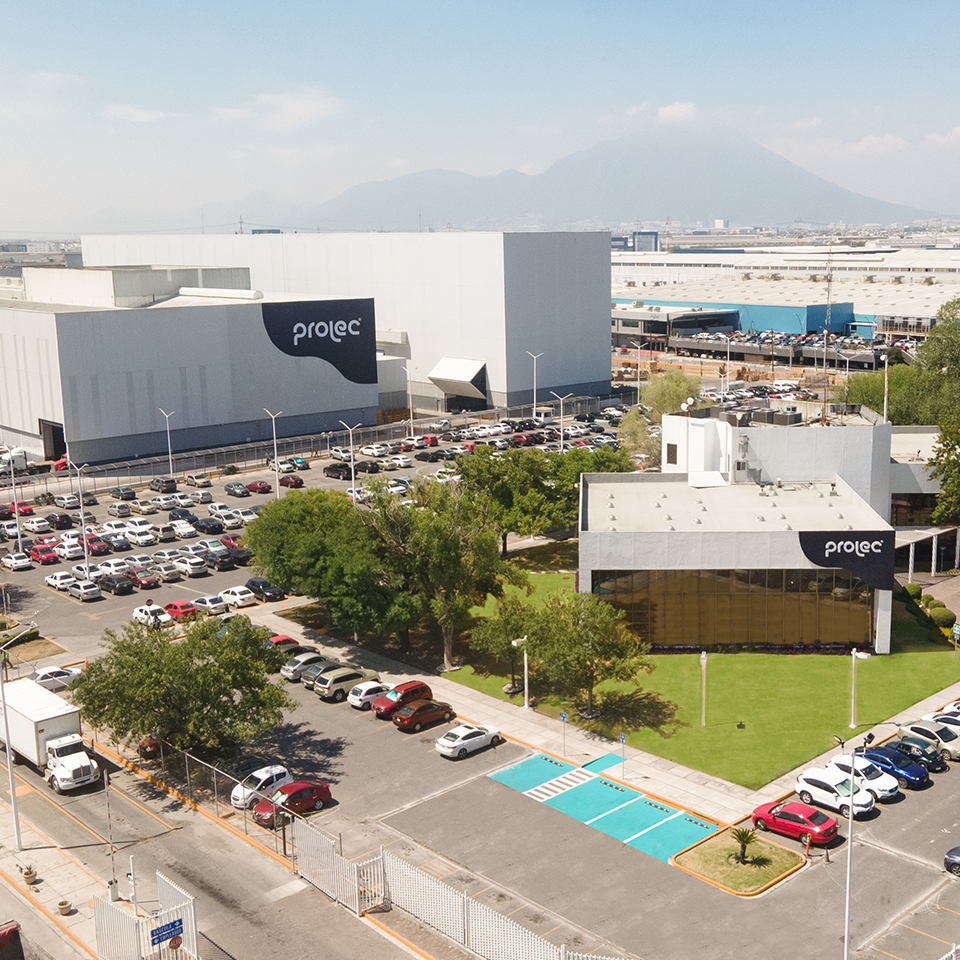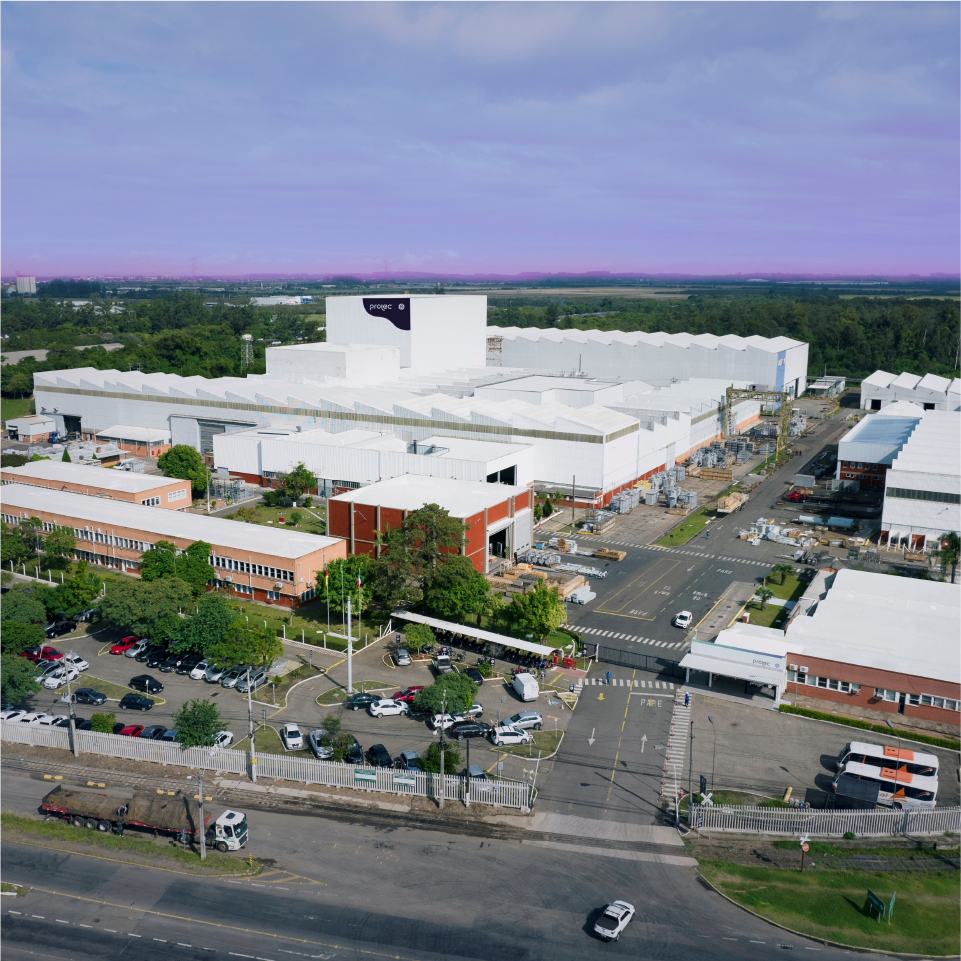Substation Transformers
Substation Transformers Provide Efficiency, Reliability, and Grid Integration
Substation Transformers are designed for use in substations that typically reduce voltage to a level suitable for local distribution, with ratings matched to common transmission and sub transmission voltages like 138 kV. They can be designed either for SVC Substations or special applications.
With the ability to understand these particular needs and design accordingly we rely on our manufacturing systems and advanced technology to deliver decades of reliable performance and service.
Our state-of-the-art facilities located in Mexico, Brazil and the United States gives us the capability to manufacture and test above industry standards using cutting-edge equipment so we can provide reliable products across the entire range of substation transformer applications.
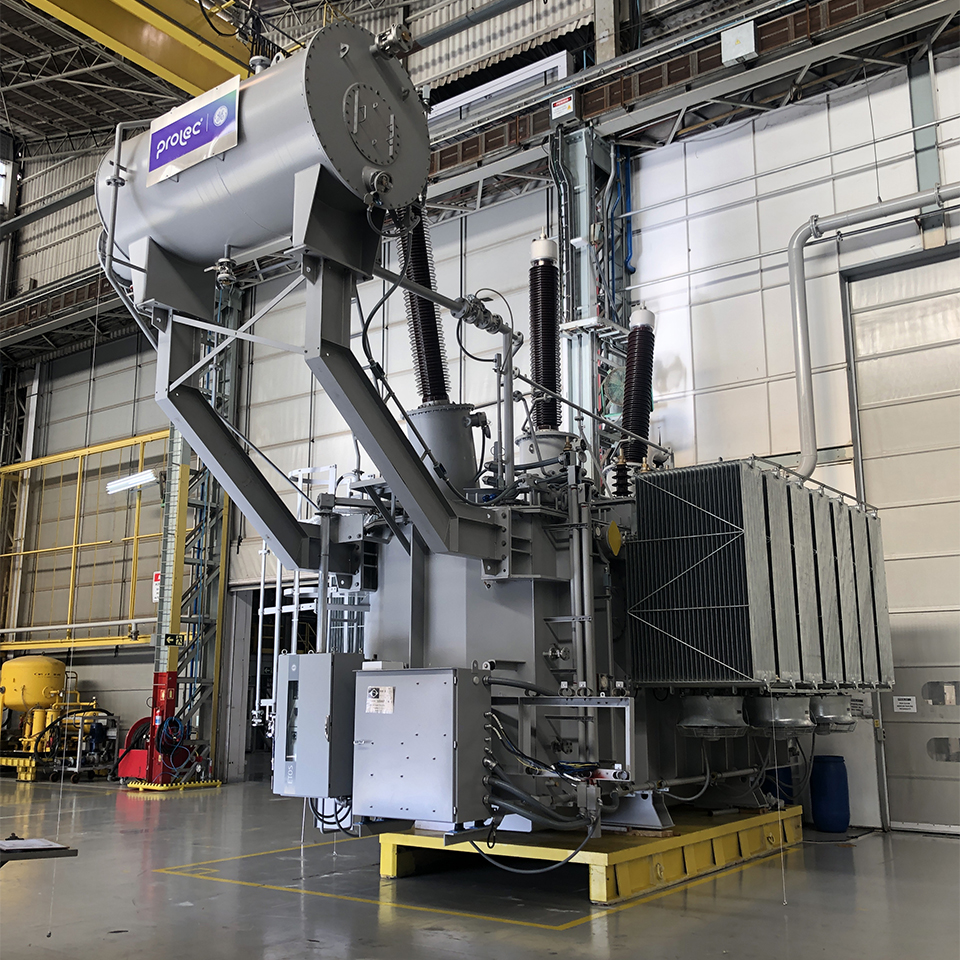
Industrial Transformers
Transformers for Industrial Applications are the last power transformer in the step down process for commercial or industrial manufacturing facilities and provide power to the facility.
Typical Ratings
- Up to 200 MVA
- Low voltage: 15 kV class to 34.5 kV class – wye connection
- High voltage: 5 kV class to 230 kV class – delta or wye connection
Plant Capabilities
- Up to 600 MVA single phase and 1,000 MVA three phase
- Up to 550kV high voltage
Common Characteristics
- Low voltage LTC
- Air terminal chamber
- NEMA standard sound or low noise as required by customer
- Industrial companies have less restrictions on their specifications
- First cost buyers; loss evaluation is not required – typically customers do not evaluate TOC
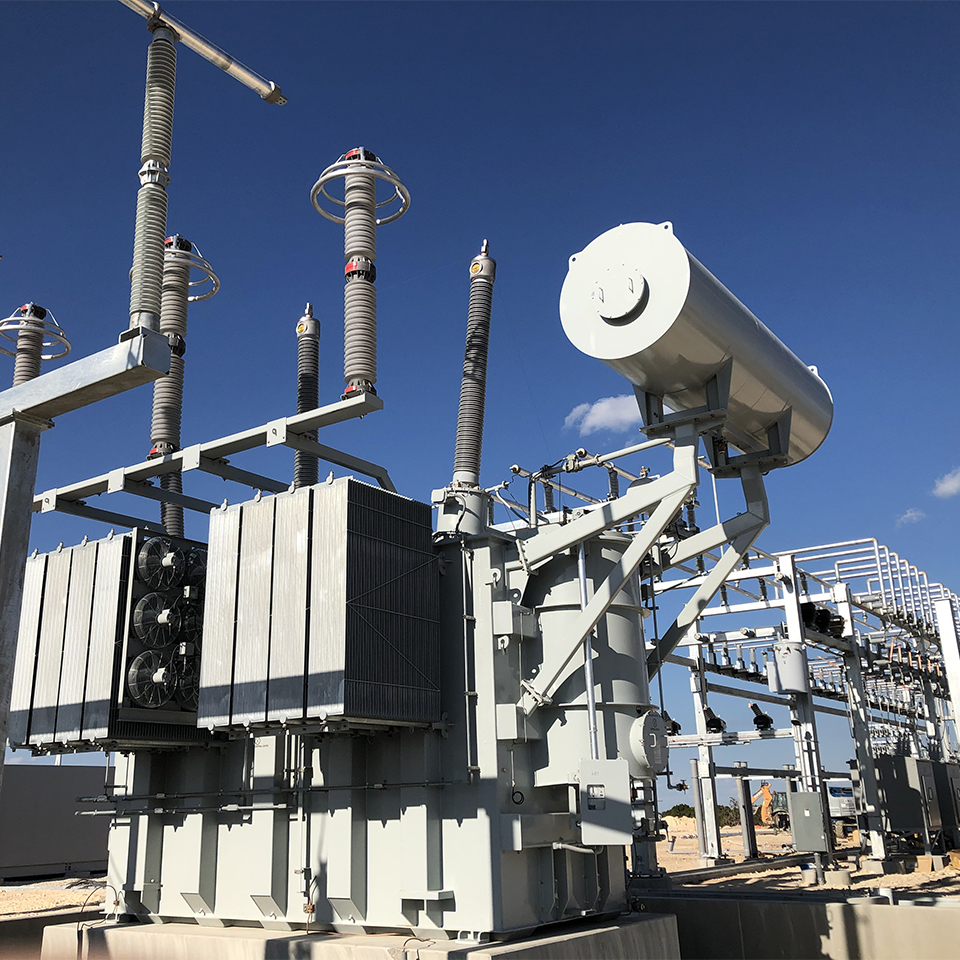
Utility & Data Center Transformers
Utility substation transformers are the last power class transformer in the step down process for utility companies.
From there, power will be routed to pad and pole mounted transformers for customer consumption.
Data Center transformers use utility substation transformers and technical specifications. These transformers are used for critical loading applications. (e.g. servers, the cloud, Internet of Things)
Typical Ratings
- Up to 200 MVA
- Low voltage: 15 kV class to 34.5 kV class – wye connection
- High voltage: 34.5 kV class to 230 kV class – delta or wye connection
Plant Capabilities
- Up to 600 MVA single phase and 900 MVA three phase
- Up to 345kV high voltage
Common Characteristics
- If customer specifies an LTC, it will be on XV side (75% of units have LTCs)
- Dual voltages are typically specified as a spare to potentially serve two different substation applications
- Northeast units typically require more restrictive dimensions
- Bushings are typically cover mounted on the XV side
- Data Center are switch in spares, already connected as redundant transformer
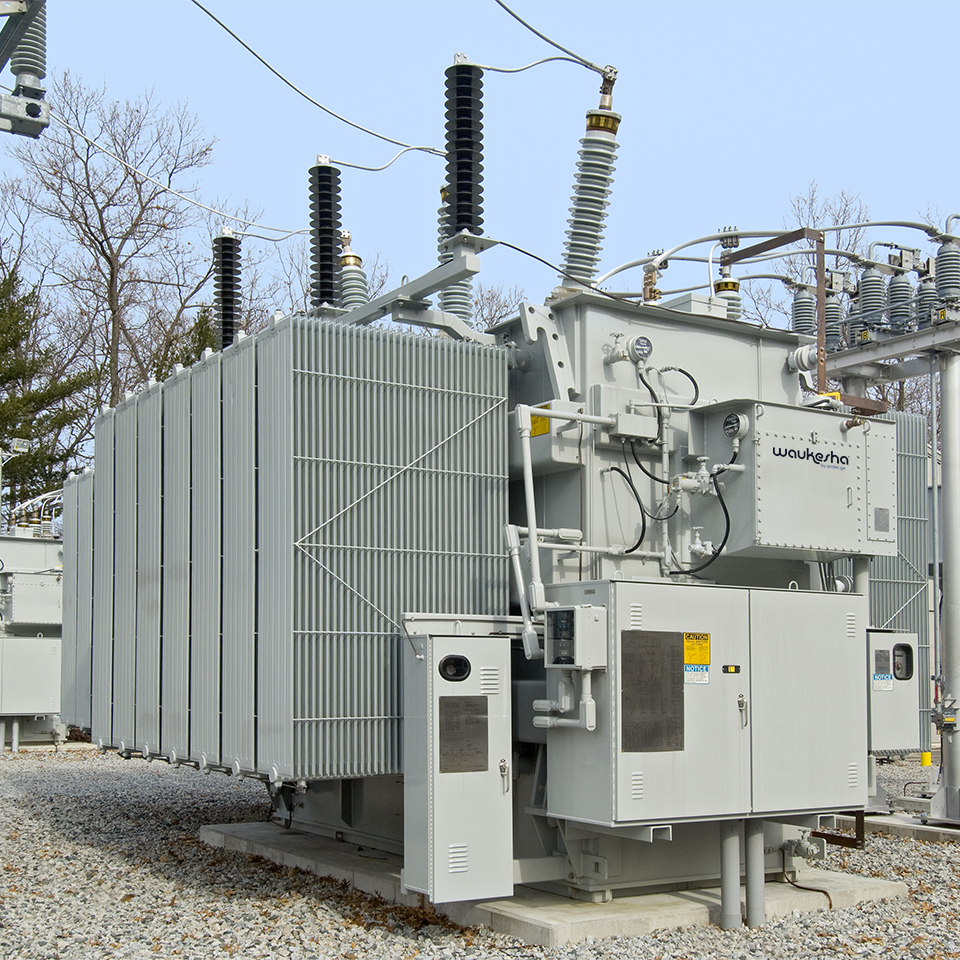
SVC and STATCOM Transformers
This is type of transformer is a link between the SVC (Static VAR Compensator ) or STATCOM (Static Synchronous Compensators) equipment and the transmission system. A SVC or STATCOM system is one of a group of systems called Flexible AC Transmission Systems (FACTS) and they provide capacitive and inductive VAR flow in order to quickly stabilize the transmission system during system disturbances such as line faults, generator trips or other unintended change in the configuration of the Generation and Transmission systems.
Typical Ratings
- Single-phase bank or 3-phase
- Low voltage: 15 – 34.5 k
- High voltage: up to 500 kV class
- ONAN/ONAF/ONAF
Plant Capabilities
- Up to 300 MVA single phase and 400 MVA three phase
- Up to 550kV high voltage
Common Characteristics
- The operating voltage can range between 0.8pu and 1.14pu. The current flowing through the transformer will range from purely inductive to purely capacitive, depending upon the need of the transmission system.
- A typical application would be fully loaded for ~1% of the time, ½ loaded for ~3% of the time, ¼ for ~16% of the time and unloaded for ~80% of the time.
- Low rated core flux and winding current density due to operating conditions
- Usually bought in pairs. One is the primary unit and the other is an online spare that is placed into service if the primary fails. As such the customer usually wants both units to arrive within a few weeks of each other, unlike the typical ‘spare’ transformer that is set aside in storage
- While the LV BIL ratings will usually be one of the standard levels, the LV rating itself will not always be one of the more common ratings.

